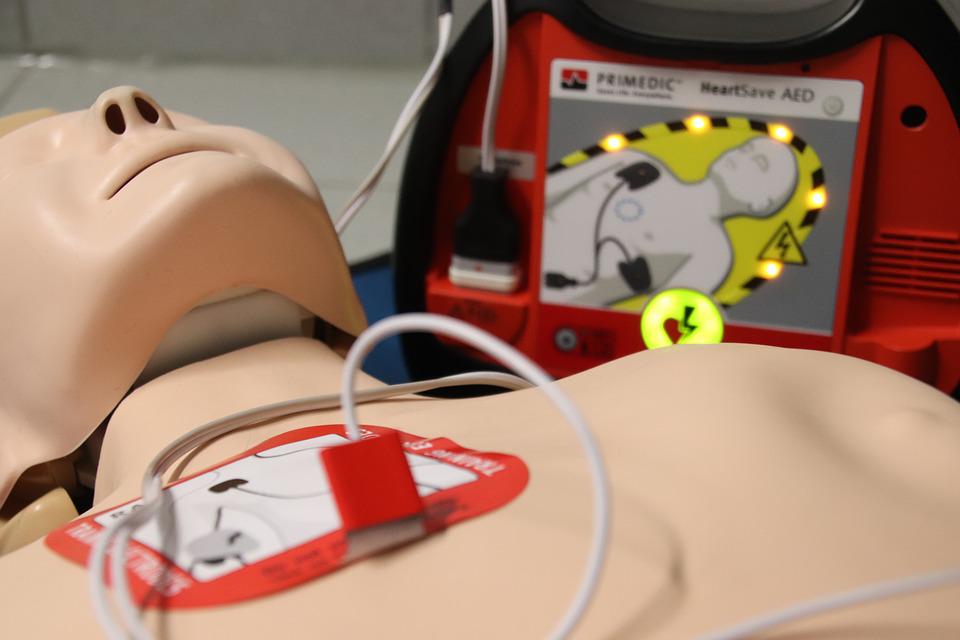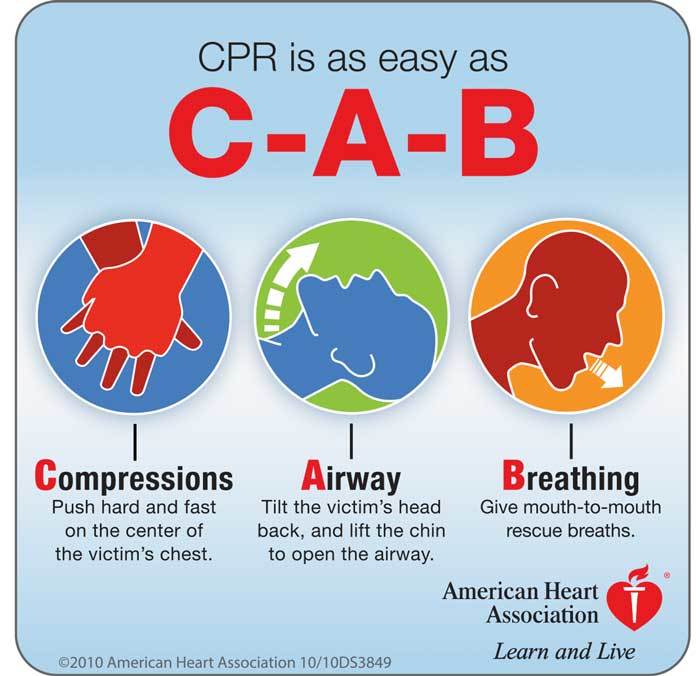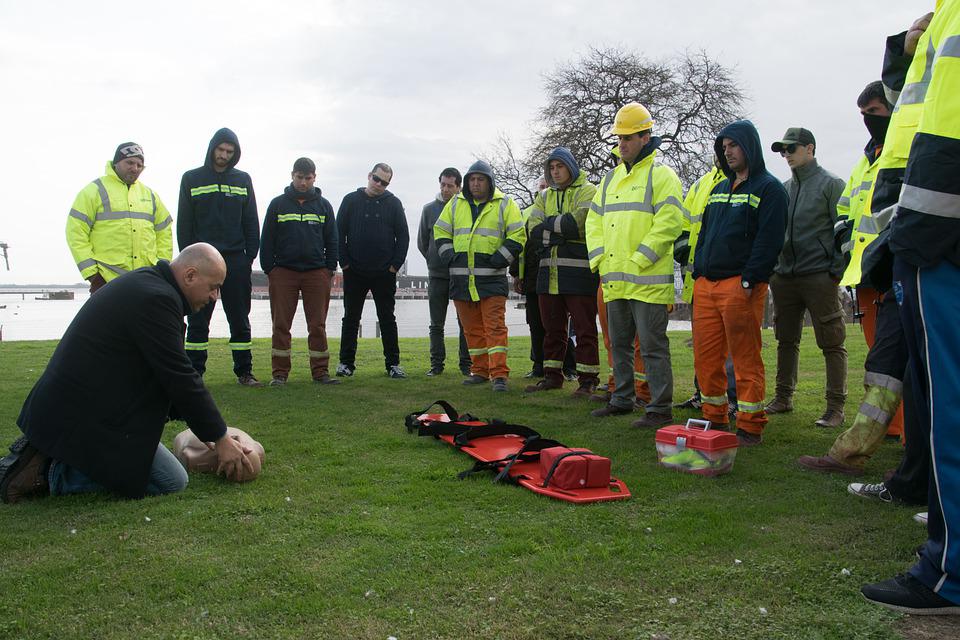CPR Recertification: What You Need to Know
CPR recertification is necessary if you want to keep your CPR card in force. Therefore, you’ll need to schedule a refresher CPR class. Consider CPR a lifelong skill, as you’ll need to stay current on lifesaving methods.

CPR Recertification and Refresher CPR Courses
The American Heart Association (AHA) has set the standard in this respect. Refreshing your CPR skills is essential to staying up-to-date with life-saving innovations. By taking this approach, you can provide CPR, at a moment’s notice, with complete confidence.
Just like anything else, if you don’t use your skills, you’ll get rusty. How can you improve a person’s chances for survival if you allow this to happen? That is why taking a refresher course and CPR recertification go hand in hand.
Medical professionals are gaining new insights about administering CPR every day. That is why renewing a CPR card is not just about the renewal. It’s also about your present knowledge about CPR. Are you staying in step with what’s happening in CPR techniques?
Also, if you work in a job, such as a lifeguard, you don’t want your certification to lapse. Keep on top of things by checking the date for expiration and finding a class to renew your skills. The best way to make sure you’re doing things right is to attend an onsite program.
CPR Class Instruction
What is great about attending a class is that your teacher is usually a CPR expert. This hands-on training method uses various learning techniques. It is also more personalized. When you listen to live instruction, you’ll be able to adapt what you learn in various ways.
That’s because the instructor presents the information comprehensively – making sure everyone understands what he or she is saying. You can attend a full day of onsite training.
Scheduling a full-day class is well worth your time and investment. Classes are held in the evenings as well so you can arrange a time that is ideal for you.
CPR/AED Updating
Your combined CPR/AED recertification involves taking a refresher course some time before you need to update your card. Therefore, you need to allow enough time to take the course so you can keep your card current
The expiration is good to the end of the month when the course was originally completed.
Important CPR Changes to Note
One of the CPR updates that students need to learn anew are the skills involved with compressions, breaths, and airway management. For example, the original protocol involved the acronym, ABC – airway, breath, and compressions.

However, the acronym is now taught as CAB – compression, airway, and breath. Also, the number of compressions and breaths have changed. Researchers now find CAB is more effective.
Keep Your Memory Refreshed
Your memory, too, is good for only so long. Keeping updated on how CPR works also restores your confidence. Because CPR, thankfully, is not used frequently, you need to stay on top of the latest steps. If you don’t use it, you’ll lose it – especially when it comes to CPR. You don’t want to struggle to remember what to do in a crisis.
As noted, it is important to plan ahead. You cannot enroll in a renewal course if your certification card has been void for over 30 days. You’ll need to take a new course. Keeping certified will help you prevent any possible legal repercussions or problems if you’re required to be CPR trained for work.
Are You Emergency Ready?
Just because you receive training once does not mean you’re emergency-ready. Keep current on CPR/AED and first aid training.



